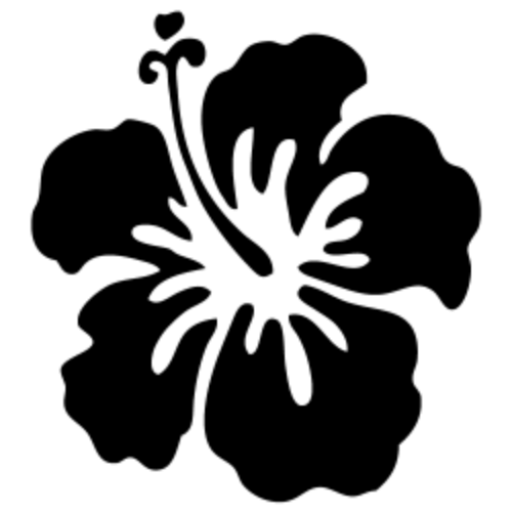According to the list released by the US Census Bureau in 2015, Hawaiian Pidgin English is one of the official languages of Hawaii. This natural language is spoken by many people on the islands, including as a first language. However, using the term “pidgin” to refer to it can be problematic. To better discuss this question, it is necessary to explain the history of this language.

The history of Hawaiian Pidgin English
At first, this language was indeed a pidgin.
Since many people from several countries went to Hawaii to work on sugar and pineapple plantations in the 19th century, they needed to find a way to communicate to one another. These workers from China, Portugal, Japan, the Philippines, Korea, and many other nations as well as the hawaiians employees developed the first pidgin spoken in these plantations: Pidgin Hawaiian (see the definition of pidgin here).
However, after the Reciprocity Treaty of 1875 was signed, a free-trade agreement between the United States and the Hawaiian kingdom, a great number of North Americans arrived in Hawaii in order to work, increasing the influence of English in the plantations. Hence, Pidgin Hawaiian changed to Hawaiian Pidgin English.
Over time, it became the primary language of many people in Hawaii and many children started to acquire it as a first language. Thus, is Hawaiian Pidgin English a pidgin or a creole?
First, see this interview about the origin of this language. Then, see the definition of creole. The answer will come below.
As you may have guessed, it is a creole!
Thus, the most correct way to call this language is Hawaiian Creole English. However, by custom, the term “pidgin” continues to be used very often.
Currently, people in Hawaii have different ways of seeing Hawaiian Creole English. Some of them see this language as a way to affirm their identity. However, some of them think of it as a slang or an inferior way of speaking English. Know more about it!
